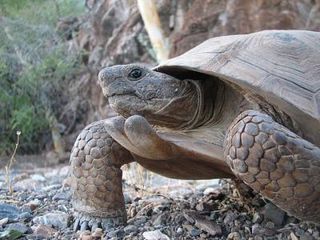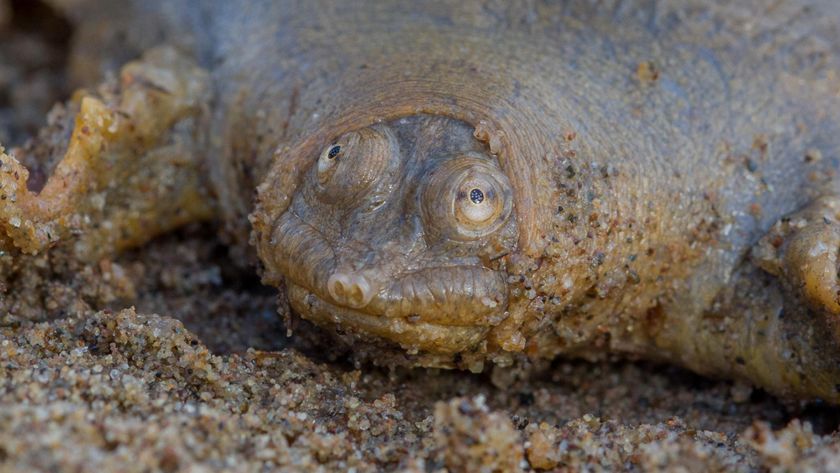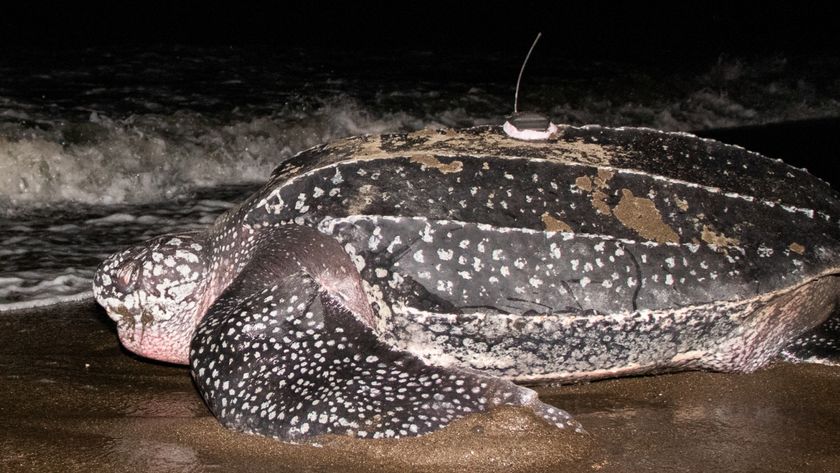
New Southwestern Tortoise Species Identified

For 150 years, Agassiz's Land Tortoise (Gopherus agassizii) has been masking the existence of at least two species whose distributions are restricted to either side of the Colorado River.
A discovery that there are actually two tortoise species has important conservation implications.
The species was discovered 150 years ago in 1861 by James Graham Cooper and is found in the U.S. Southwest and northern Mexico. Since then, confusion has reigned, masking the true nature of the tortoise species, who name, Agassiz's Land Tortoise, was even strangely changed to the Desert Tortoise , a moniker that is commonly used today.
Bob Murphy of the Royal Ontario Museum, Toronto, Canada and the Kunming Institute of Zoology, Chinese Academy of Sciences, and colleagues from the US Geological Survey, Arizona Research Laboratories, California Academy of Sciences, and Lincoln University have now started to unravel the species' ID.
The team obtained DNA data from the original 150-year-old type specimen, as well as from a more recently described species inhabiting the tip of the Baja California peninsula.
The effort in forensic genetics documented that the Agassiz's Land Tortoise was from California, and not Arizona as sometimes claimed.
The enigmatic species from Baja California was previously thought to be a transplant from Tiburon Island, Sonora, Mexico, but turns out to be from California, or at least its founding mother was from there. All of this meant that the population in Arizona and adjacent Mexico was an unnamed, new species, one whose identity had been hidden for more than a century.
Sign up for the Live Science daily newsletter now
Get the world’s most fascinating discoveries delivered straight to your inbox.
The new rock-dwelling species, Gopherus morafkai, is named for the late David J. Morafka, a pioneer in tortoise research. The results of the research are published in the open access journal ZooKeys.
The recognition of Morafka's Desert Tortoise means that Agassiz's Desert Tortoise has lost a whopping 70 percent of its range. Arizona and adjacent Mexico can no longer serve as a genetic reservoir for the Western species. And given that the Western species was already listed as being threatened because of drastic decline in the number of individuals a consequence of disease, urban expansion and habitat destruction the description of the new species may future conservation and development efforts.












